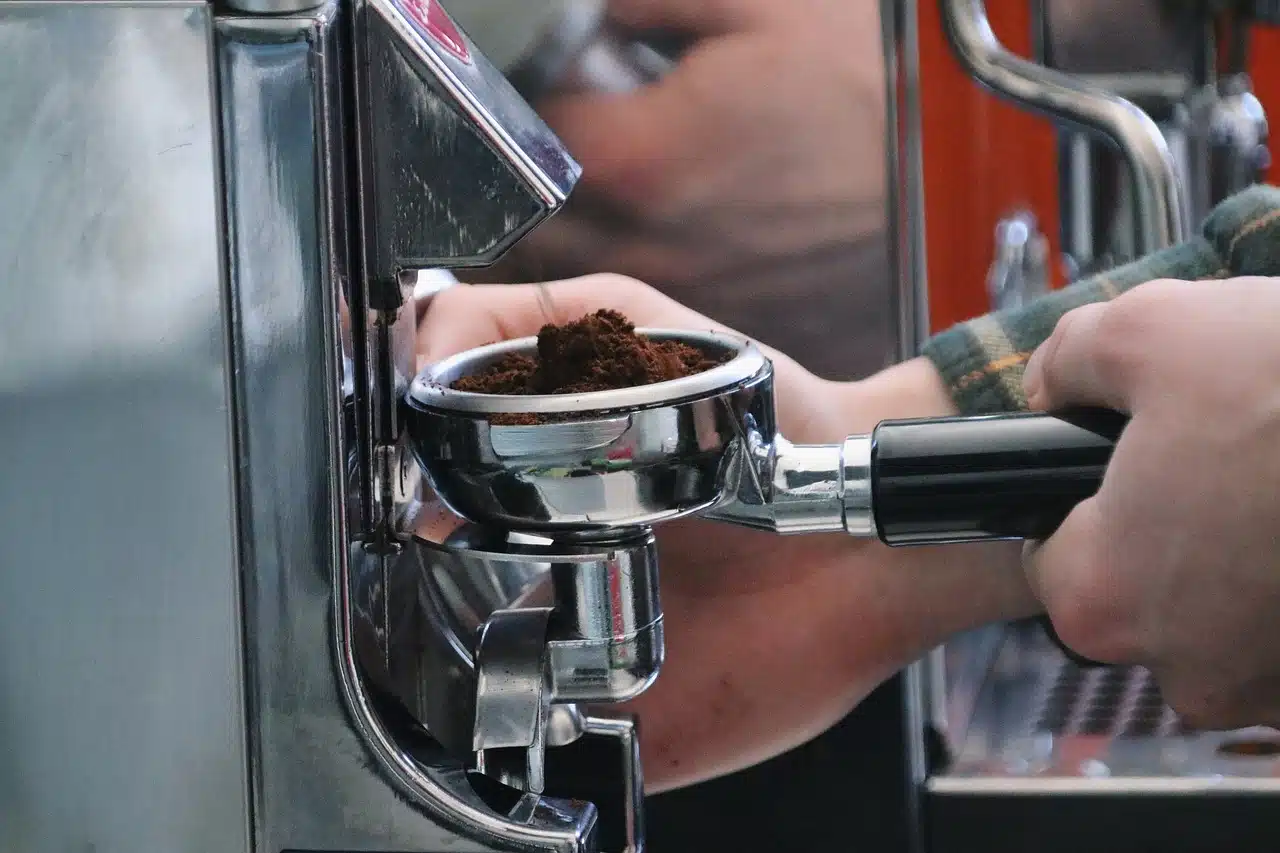
Thanks to percolation it is possible to prepare coffee from ground beans.
Percolation is the act and result of percolating, a verb that refers to what happens to a liquid when it moves through a porous medium .
Percolation implies that the fluid slowly passes through the pores of the material. The process is usually carried out to obtain the soluble part of a solid substance , for which the appropriate solvent must be used.
ground coffee
Percolation of ground coffee is the main process carried out by many coffee machine models. If you place the ground coffee in a paper filter and then add boiling water, the liquid will carry soluble components from the ground beans and thus, by percolation, the infusion will be formed. It is one of many cases in which we take advantage of the principles of different sciences on a daily basis.
In the case of espresso coffee , pressure percolation of hot water occurs. The force of water enables the emulsification of oils and the extraction of solids. The result of the coffee obtained depends on multiple variables, such as the pressure, temperature and hardness of the water and the time dedicated to percolation.
Chromatography
Chromatography is a method used in the field of physics to separate the components present in different complex mixtures with the aim of characterizing them. This is a clear example of percolation in the field of science. The principle of selective retention aims to identify the amount of each component after having separated them, and to do so it uses a support through which a gaseous or liquid phase is allowed to flow.
Broadly speaking, we can point out two of the functions that chromatography has, which in some cases can take place simultaneously:
- the separation of the components with the aim of obtaining them in a state of greater purity for later use. This is usually done as the last phase of various syntheses;
- the proportional measurement of components for analytical purposes, for which very small quantities of material are usually used.
Filtration
Filtration is the process of separating solids in a liquid suspension using a porous medium. It is another example of percolation. In this case, the medium serves to retain the largest particles, since it allows the smallest ones to pass through.
Some of the names given to the medium used for filtration are sieve, sieve, strainer, mesh, cloth or filter . This set of processes has various uses, both in daily life and in the industrial field.
Leaching
Leaching is an operation that serves to separate one or more solutes using a carrier phase , usually pulverized, by means of liquid solvents. This is another example of percolation. The solute in combination with the phase is known as the extraction material .
At this point, we can distinguish two types of leaching:
- washing : when working with a solid substance and the objective is the dissolution of its impurities;
- extraction : when the substance of interest is the one that is subjected to dissolution.

Groundwater can arise thanks to percolation.
Groundwater
Percolation also allows the formation of groundwater . This is possible thanks to the permeability of the soil , linked to the successive layers that make it up.
Precipitation, in this framework, promotes the percolation of water through the layers until it reaches the layers. First, the infiltration of water takes place, which, after reaching the surface, enters the soil. Then percolation occurs when the infiltrated water accesses the aquifer (which is the area of the soil that is saturated with water, which circulates through it).
